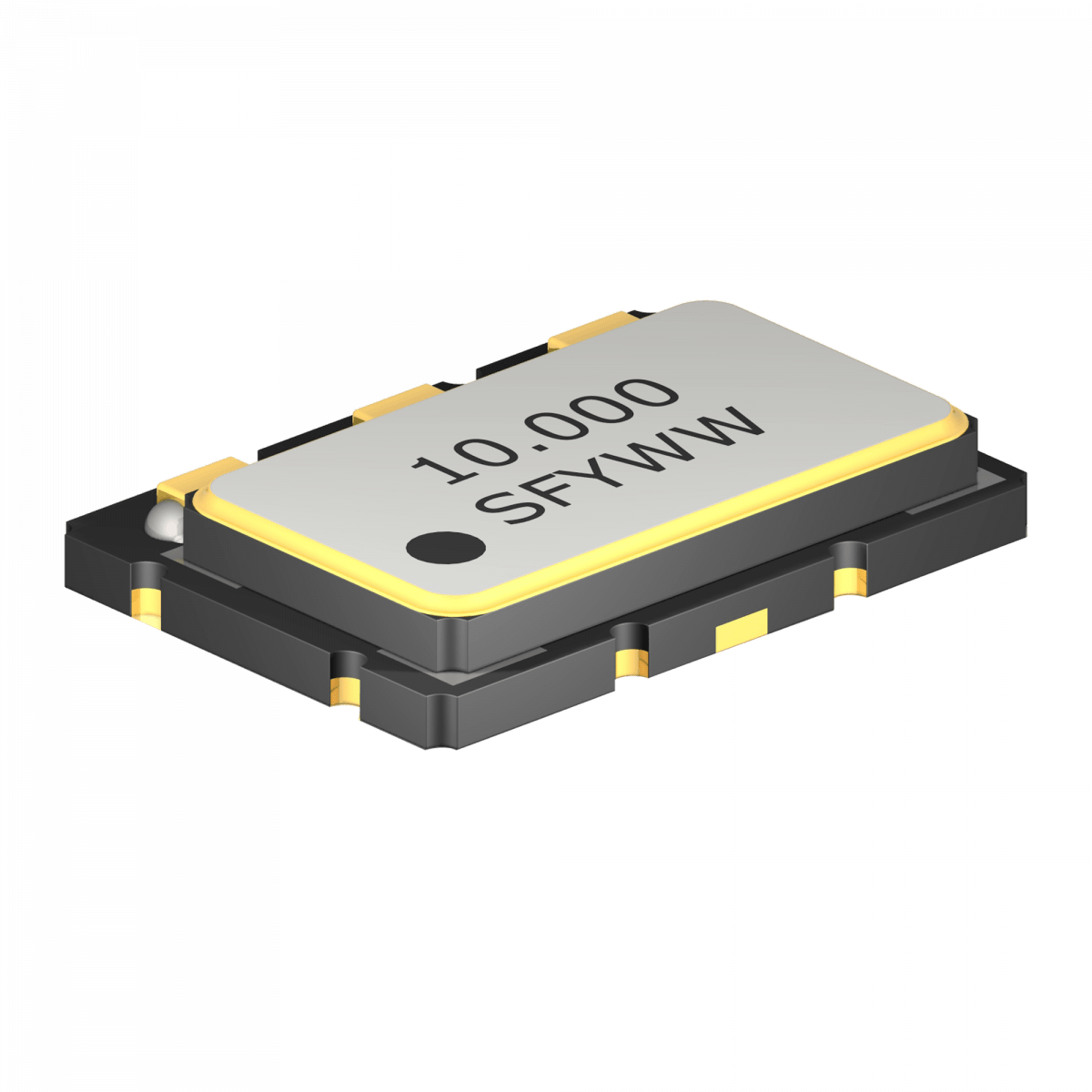| STC11K | 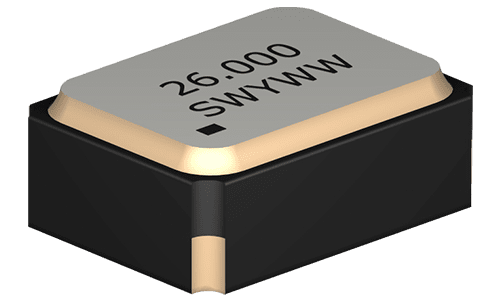 | CLIPPED SINE WAVE | 1.6X1.2 CERAMIC SMD (4 PAD) (VC)TCXO | ±0.5ppm | 1.8V, 2.5V, 2.7V, 2.8V, 3.0V, 3.3V | 26.000MHz - 52.000MHz | 3K | Miniature Package |  |
| STH11K | 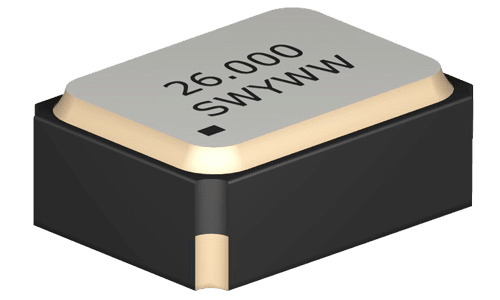 | CLIPPED SINE WAVE | 1.6X1.2 CERAMIC SMD (4 PAD) (VC)TCXO | ±0.5ppm | 1.2V, 2.5V, 2.7V, 2.8V, 3.0V, 3.5V | 13.000MHz-52.000MHz | 3K | H-Type Package |  |
| STC21C | 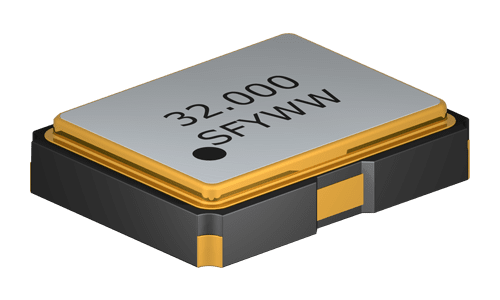 | CMOS | 2.0X1.6 CERAMIC SMD (4 PAD) TCXO | ±2.5ppm | 1.8V, 2.5V, 3.3V | 8.000MHz – 70.000MHz | 3K | Ultra-Miniature Package |  |
| STC21K | 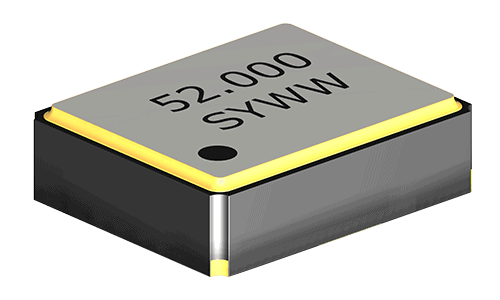 | CLIPPED SINE WAVE | 2.0X1.6 CERAMIC SMD (4 PAD) (VC)TCXO | ±0.5ppm | 1.8V, 2.5V, 2.7V, 3.0V, 3.3V | 10.000MHz - 52.000MHz | 3K | Ultra-Miniature Package |  |
| STH21K |  | CLIPPED SINE WAVE | 2.0X1.6 CERAMIC SMD (4 PAD) (VC)TCXO | ±0.5ppm | 1.2V, 2.5V, 2.7V, 2.8V, 3.0V, 3.5V | 13.000MHz-52.000MHz | 3K | H-Type Package |  |
| STC22C | 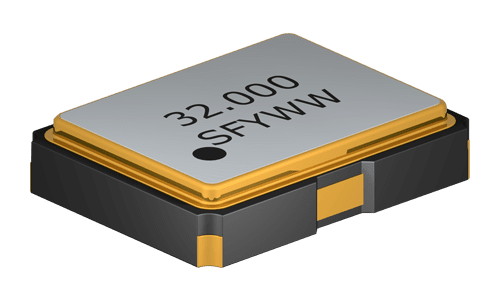 | CMOS | 2.5X2.0 CERAMIC SMD (4 PAD) TCXO | ±2.5ppm | 1.8V, 2.5V, 3.3V | 8.000MHz – 70.000MHz | 3K | Ultra-Miniature Package |  |
| STC22K | 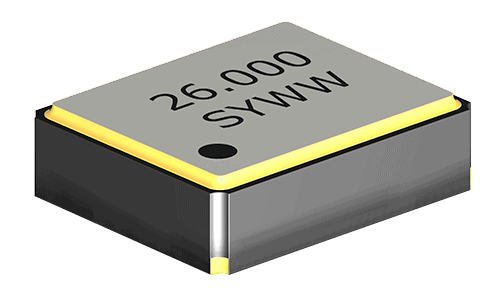 | CLIPPED SINE WAVE | 2.5X2.0 CERAMIC SMD (4 PAD) (VC)TCXO | ±0.5ppm | 1.8V, 2.5V, 2.7V, 3.0V, 3.3V | 13.000MHz-52.000MHz | 3K | Ultra-Miniature Package, High Stability |  |
| STH22K |  | CLIPPED SINE WAVE | 2.5X2.0 CERAMIC SMD (4 PAD) (VC)TCXO | ±0.5ppm | 1.2V, 2.5V, 2.7V, 2.8V, 3.0V, 3.5V | 13.000MHz-52.000MHz | 3K | H-Type Package |  |
| STC32C | 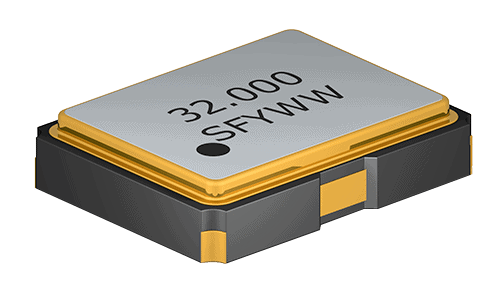 | CMOS | 3.2X2.5 CERAMIC SMD (4 PAD) (VC)TCXO | ±1.0ppm | 2.5V, 2.7V, 3.0V, 3.3V | 6.000MHz - 40.000MHz | 3K | Ultra-Miniature Package |  |
| STC32K | 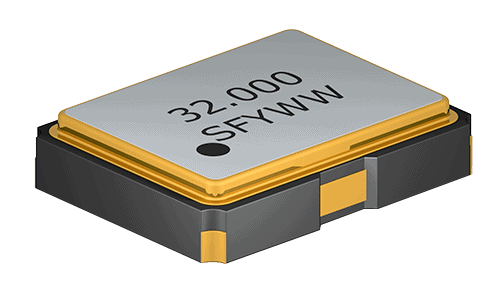 | CLIPPED SINE WAVE | 3.2X2.5 CERAMIC SMD (4 PAD) (VC)TCXO | ±0.5ppm | 1.8V, 2.5V, 2.7V, 3.0V, 3.3V | 6.000MHz - 40.000MHz | 3K | Ultra-Miniature Package, High Stability |  |
| STC53C | 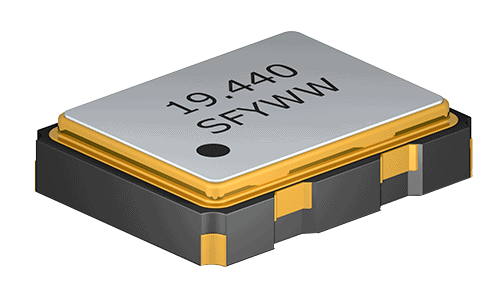 | CMOS | 5.0X3.2 CERAMIC SMD (4 PAD) (VC)TCXO | ±1.0ppm | 2.5V, 2.7V, 3.0V, 3.3V | 6.000MHz - 40.000MHz | 3K | Miniature Package |  |
| STC53K | 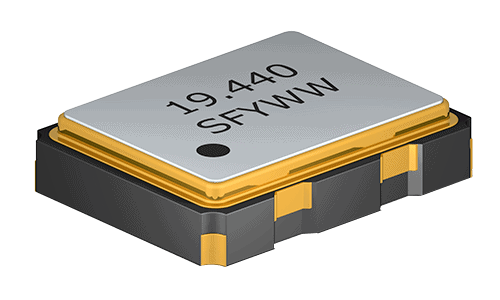 | CLIPPED SINE WAVE | 5.0X3.2 CERAMIC SMD (4 PAD) (VC)TCXO | ±0.5ppm | 2.5V, 2.7V, 3.0V, 3.3V | 6.000MHz - 40.000MHz | 3K | Miniature Package |  |
| SUS53C | 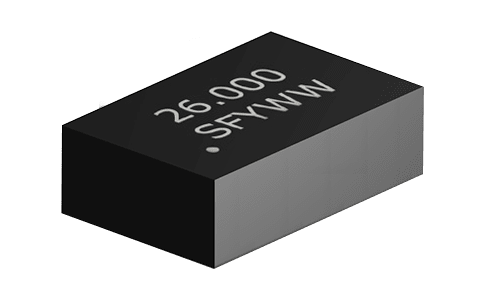 | CMOS | 5.2X3.4 SMD (6 PAD) (VC)TCXO | ±0.05ppm | 3.3V, 5.0V | 10.000MHz - 52.000MHz | 1K | Ultra Stable |  |
| SUS53K | 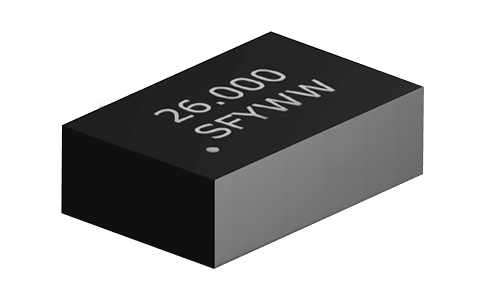 | CLIPPED SINE WAVE | 5.2X3.4 SMD (6 PAD) (VC)TCXO | ±0.05ppm | 3.3V, 5.0V | 10.000MHz - 52.000MHz | 1K | Ultra Stable |  |
| SUS75C |  | CMOS | 7.0X5.0 SMD (10 PAD) (VC)TCXO | ±0.05ppm | 3.3V, 5.0V | 10.000MHz - 52.000MHz | 1K | Ultra Stable, Two Package Types |  |
| SUS75K | 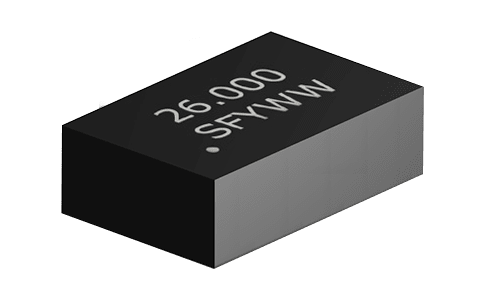 | CLIPPED SINE WAVE | 7.0X5.0 SMD (10 PAD) (VC)TCXO | ±0.05ppm | 3.3V, 5.0V | 10.000MHz - 52.000MHz | 1K | Ultra Stable, Two Package Types |  |
| SST75C | 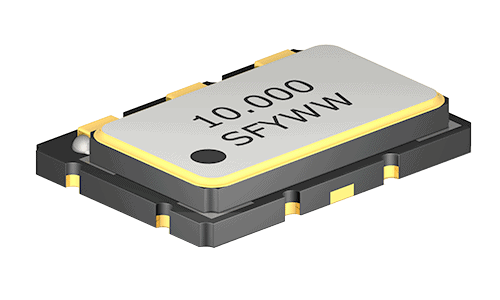 | CMOS | 7.0X5.0 CERAMIC SMD (10 PAD) (VC)TCXO | ±0.14ppm | 3.3V, 5.0V | 5.000MHz-26.000MHz | 1K | Stratum 3, Voltage Control |  |
| SST75K | 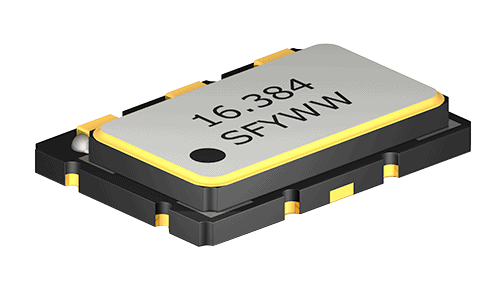 | CLIPPED SINE WAVE | 7.0X5.0 CERAMIC SMD (10 PAD) (VC)TCXO | ±0.14ppm | 3.3V, 5.0V | 5.000MHz-26.000MHz | 1K | Stratum 3, Voltage Control |  |
| STC75C | 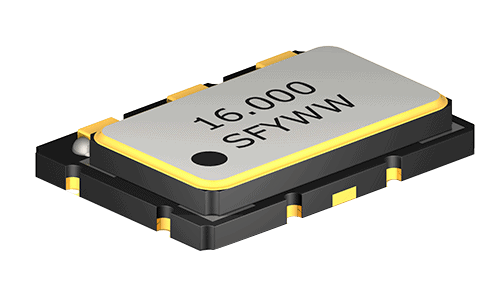 | CMOS | 7.0X5.0 CERAMIC SMD (10 PAD) (VC)TCXO | ±0.5ppm | 3.3V, 5.0V | 5.000MHz - 40.000MHz | 1K | Miniature Package, High Stability |  |
| STC75K | 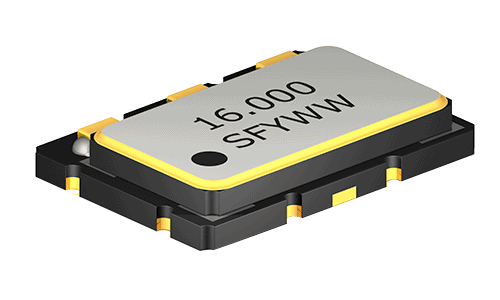 | CLIPPED SINE WAVE | 7.0X5.0 CERAMIC SMD (10 PAD) (VC)TCXO | ±0.5ppm | 3.3V, 5.0V | 5.000MHz - 40.000MHz | 1K | Miniature Package, High Stability |  |
| SSTFSC | 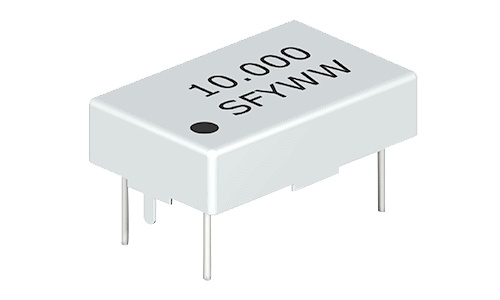 | CMOS | 14 PIN DIP (VC)TCXO 18.3 X 11.7 | ±1.0ppm | 3.3V, 5.0V | 2.000MHz - 40.000MHz | N/A | Stratum 3, Voltage Control |  |
| SSTFSK | 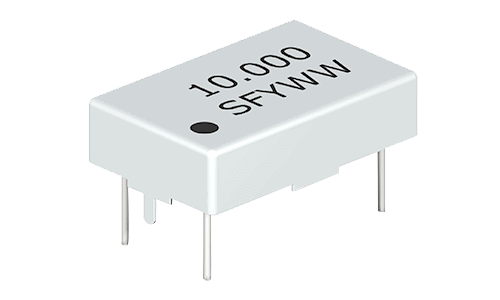 | CLIPPED SINE WAVE | 14 PIN DIP (VC)TCXO 18.3 X 11.7 | ±1.0ppm | 3.3V, 5.0V | 2.000MHz - 40.000MHz | N/A | Stratum 3, Voltage Control |  |
| STCFSC | 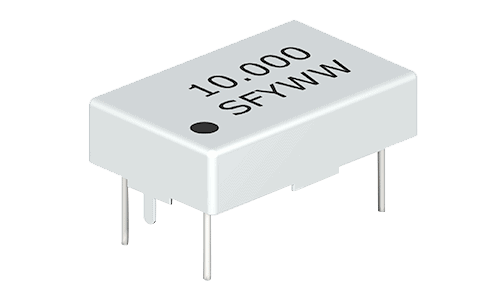 | CMOS | 14 PIN DIP (VC)TCXO 18.3 X 11.7 | ±1.0ppm | 3.3V, 5.0V | 1.000MHz - 800.000MHz | N/A | Wide Frequency Range |  |
| STCFSK | 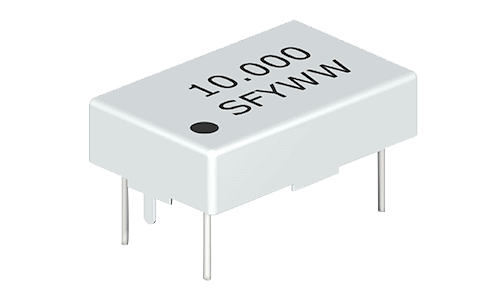 | CLIPPED SINE WAVE | 14 PIN DIP (VC)TCXO 18.3 X 11.7 | ±1.0ppm | 3.3V, 5.0V | 6.000MHz - 200.000MHz | N/A | Wide Frequency Range |  |
| SST20C | 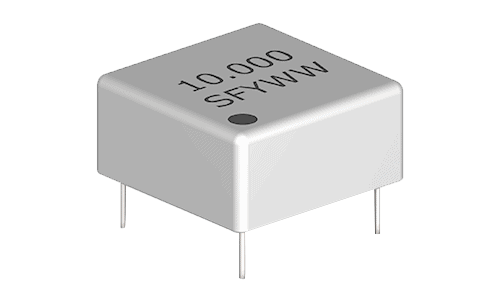 | CMOS | 20.0X20.0 DIP (VC)TCXO | ±1.0ppm | 3.3V, 5.0V | 2.000MHz - 150.000MHz | N/A | Stratum 3, Voltage Control |  |
